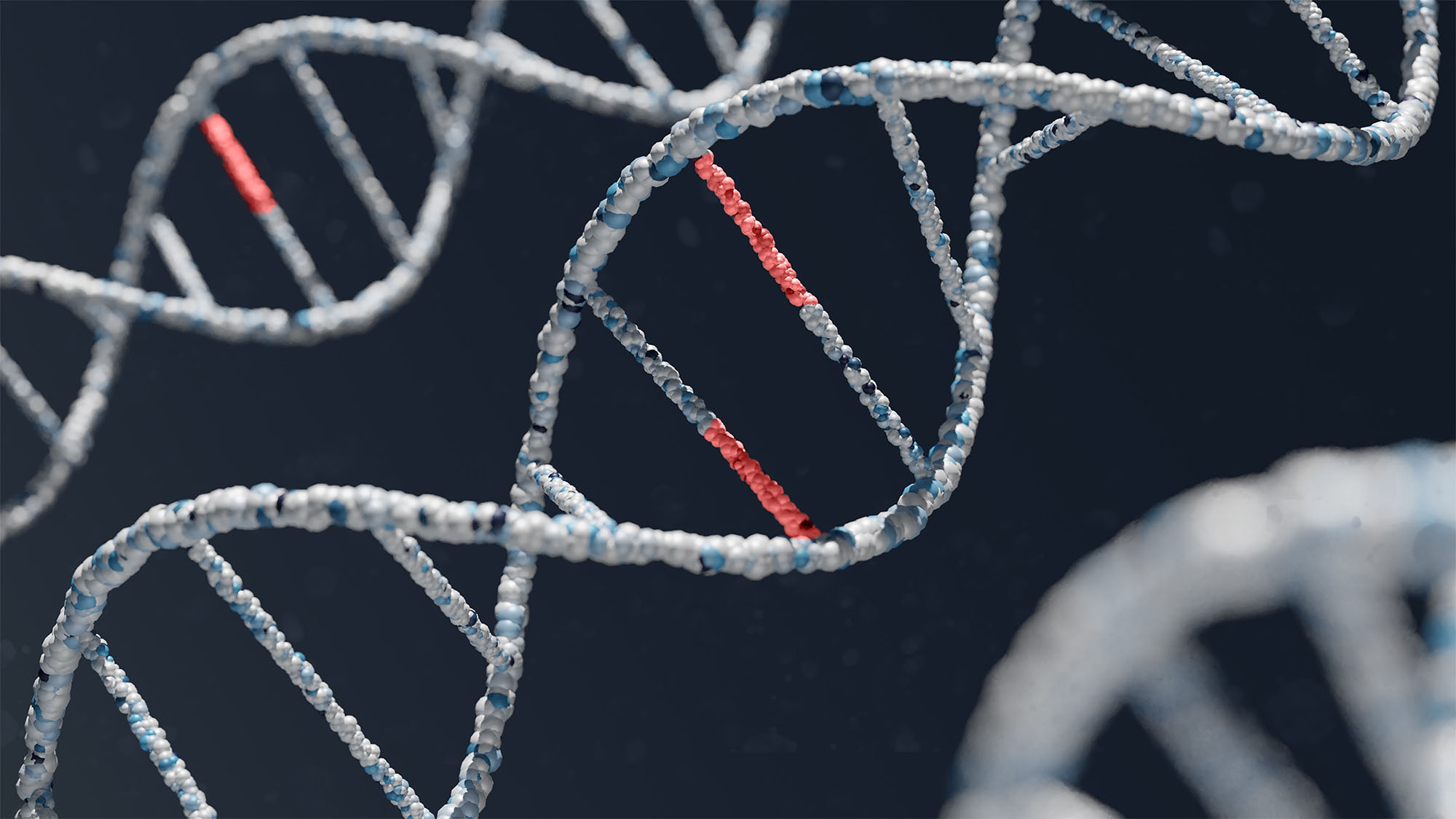A computational biology team from the Centre for Genomic Regulation (CRG) has recently participated in a study that sheds light on why the same mutation can sometimes cause cancer and sometimes not. The study has concluded that the secret lies in the interactions between mutations.
Using data from The Cancer Genome Atlas (TCGA), the study analyzed the interaction networks that exist between the genetic alterations of more than 200 genes present in more than 10,000 human tumors. Thus, the study verified that the capacity of a mutation depends on its relationship with another and even on the relathinship of a pair of mutations with a third one. So, the best way to target a cancerous mutation might in fact be to target a related 2nd or 3rd mutation.
“So far, research has tended to focus on alterations in a single gene that can be targeted with drugs, but this study means that associations between different genes involved in cancer must be considered”
Solip Park, Head of the Computational Cancer Genomics Group at the CNIO, co-author of the study.
These results might help improve genetic diagnosis and, with it, facilitate the search for therapeutic targets directed towards one or more of the mutations involved in the same tumor.
Park, S., Supek, F. & Lehner, B. Higher order genetic interactions switch cancer genes from two-hit to one-hit drivers. Nat Commun 12, 7051 (2021).






